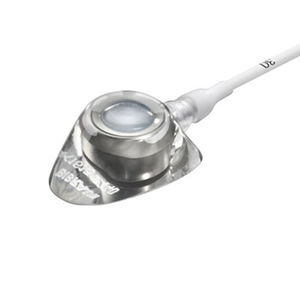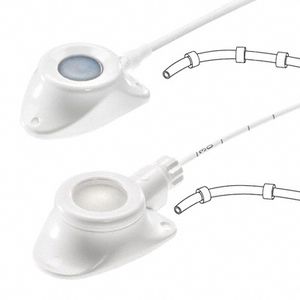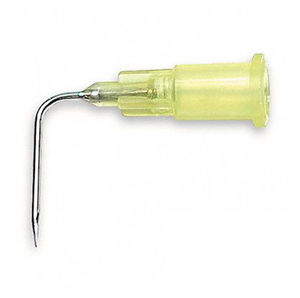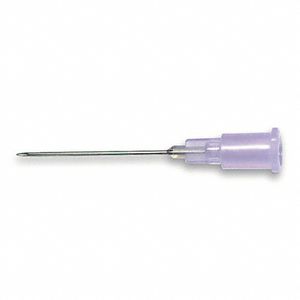
Implantable venous port Celsite® Valvedsingle-lumenpolymer
Add to favorites
Compare this product
Characteristics
- Type of port
- venous
- Number of lumens
- single-lumen
- Material
- polymer
Description
Celsite® Valved
Venous PSU access ports with valved catheter tip
Celsite® Concept Access Port Systems are indicated for any condition that requires mid to long-term intermittent or continuous venous infusion.
They are intended to be used for repeated, intravenous administration of, for example, chemotherapy, antibiotic and anti-viral drugs, parenteral nutrition, blood sampling or transfusion.
The 3-way distal valve catheter helps to reduce spontaneous blood reflux into the catheter and occlusions due to thrombosis by still allowing easy infusion and aspiration.
Special Features
- Distal 3-way valve (infusion, aspiration and closed)
- Anti-Reflux radiopaque silicone catheter Infusion
- Minimizes risk of catheter blockage due to thrombosis by still allowing easy infusion and aspiration
General Features
- Anatomic design and lower profiled nose for simplified insertion and patient comfort
- Made out of lightweight polysulphone
- Titanium chamber for enhanced security
- High density silicone septum for reliable puncture and to ensure maximum port life
- 3 suture holes to facilitate fixation of the port
- The radiopaque catheter is graduated from 5 cm in order to facilitate an easy, precise and safe implantation
- Reliable radiopaque connection ring with anti-kink protection
- MRI compatible, Latex, DEHP and PVC free
- Pressure resistant up to 72.5 psi (5 bar)
Available Implantation Technique
- Seldinger
Catalogs
No catalogs are available for this product.
See all of Aesculap®‘s catalogsExhibitions
Meet this supplier at the following exhibition(s):

Related Searches
- B Braun implantable port
- B Braun implantable single-lumen port
- B Braun implantable venous port
- B Braun implantable titanium port
- B Braun implantable polymer port
- B Braun biopsy punch
- Implantable silicone port
- B Braun bone biopsy punch
- Double-lumen implantable port
- Implantable intraperitoneal port
- Implantable polyurethane port
*Prices are pre-tax. They exclude delivery charges and customs duties and do not include additional charges for installation or activation options. Prices are indicative only and may vary by country, with changes to the cost of raw materials and exchange rates.



















